The historical villages of Korea: Hahoe and Yangdong
Unesco's Scientific, Educational and Cultural Organization has recognized Korean historical villages: Hahoe and Yangdong as World Cultural Heritage in 2010.
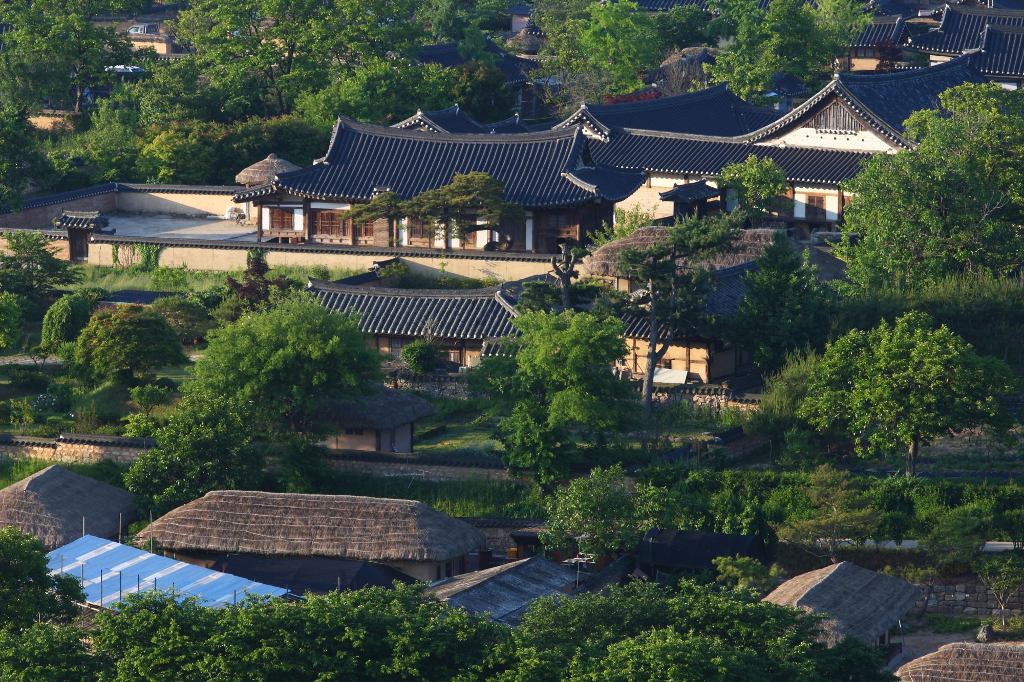 The historical villages of Korea: Hahoe and Yangdong are surrounded by mountains, facing a river and fields.
The historical villages of Korea: Hahoe and Yangdong are surrounded by mountains, facing a river and fields.
Hahoe and Yangdong are considered the two most representative historical clan villages for Korea. Two villages located in the southeastern part of the country, surrounded by mountains and forests, face a river and fields, containing the unique culture of Confucian nobility at the beginning of Korean history. National. Like many other villages, ancient villages of Hanoe and Yangdong include many houses, including houses for aristocracy and people. Houses for aristocrats were built of wood while houses for the people of the class were made of mud and soil.
Hahoe Village is a village with many cultural and historical values of Korea. The village is located in Andong, Gyeongsangbuk-do, near Mount Namsan. The whole village looks like a lotus flower.
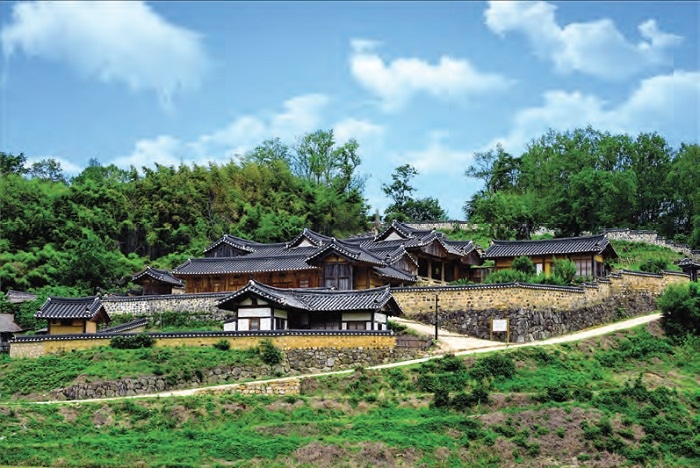
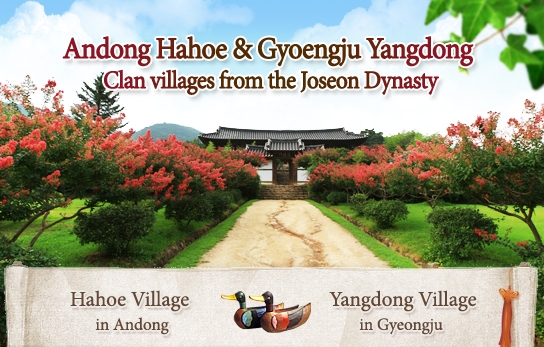
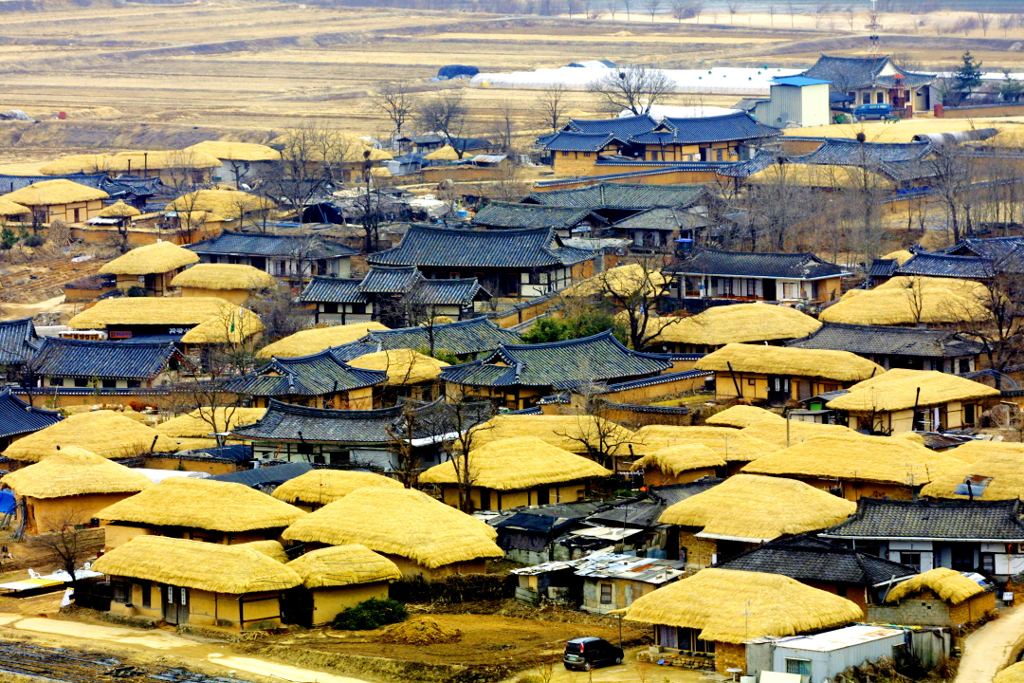 The beauty of ancient villages: South Korea's Yangdong and Hahoe.
The beauty of ancient villages: South Korea's Yangdong and Hahoe.
Yangdong Village was built around the 14th and 15th centuries, Yangdong Village is considered one of the two most representative historic clan villages for Korea. The layout and location of these villages is similar to that of Hahoe surrounded by forested mountains, facing a river and open fields - showing the world's unique culture. Confucian aristocrats in the early stages of the Joseon Dynasty (1392-1910).
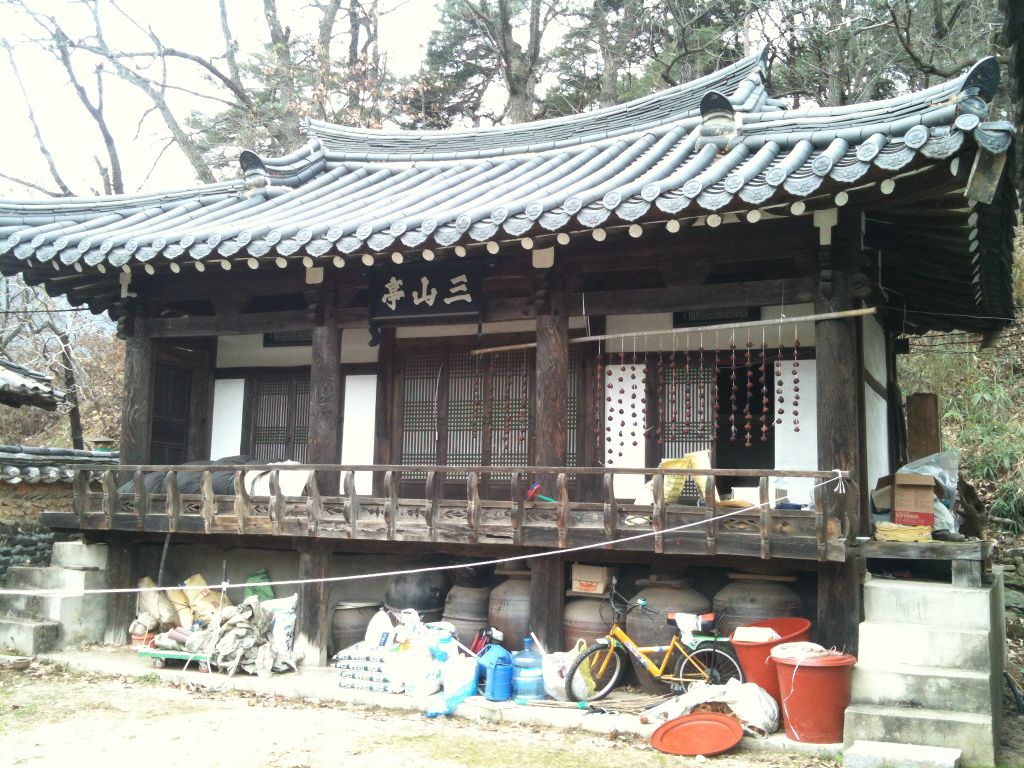


 The houses with typical traditional architecture are still maintained today in the ancient villages of Korea.
The houses with typical traditional architecture are still maintained today in the ancient villages of Korea.
Yangdong Village is located in the northeast of Gyeongju. Although Gyeongju was the capital of the ancient kingdom of Silla thousands of years ago, Yangdong Village showed the characteristic of the Joseon Dynasty 550 years ago. And it can be said that this is where we will see Joseon's history and culture in Silla. Like Hahoe village, Yangdong is also a village of a family based on Confucian culture. But these two villages have differences: Both are villages built by one of them. Hahoe Village was created by the Ryu family , who left the original land to better live. They came to this place to open up, set up their homeland, and Hahoe Village was born there. And Yangdong village shows an old marriage habit of Koreans, that is, when people get married, they return to the wife's house to live. Yangdong Village was formed by a man who married his wife and went home to live there. Therefore, the village was established before the Confucian practice of living was introduced into Korean society.



With its unique architecture, landscape and long history, the two villages of Yangdong and Hahoe have become attractive tourist destinations.Some families in these ancient villages have opened the door to exploit services for tourists.
The first settlers in the village of Yangdong were the Sohn of Wolseong. Later, Yeogang's original Lee family married their daughter Sohn and built a family here, forming a village of Sohn and Lee. Because of that, people also called Yangdong village " Oeson " village, meaning grandchildren of the grand dynasty. At the time of the most developed Yangdong village, there were 360 households with more than 2500 people, but now the village only has 144 households with more than 400 people. Among them, 80 households are Yeogang original Lee family and 18 households are original Sohn family in Wolseong. The Lee and Sohn families built houses in different directions so that they did not share a common direction. This rivalry, encouragement and mutual promotion is a factor that helps Korea acquire a village that today is a world heritage. In terms of location, if Hahoe village is a riverside village, following the Nakdong River, Yangdong village is located at the foot of the Seolchang mountain range.
Arriving at Yangdong Village in Gyeongju, the first thing that catches visitors' eyes is the houses built on the mountain. The house of the nobles was built high above, while in the lower areas around it was the home of the common people, clearly showing the upper and lower order of the Joseon period, when society had class hierarchy. From Mount Munjangbong of Seolchang Mountain, there are 4 mountains and canyons stretching out, reaching out, hidden in the hidden houses among green trees.
Historical villages of Korea: Hahoe and Yangdong are recognized according to criteria (iii) and criteria (iv).
Criterion (iii): The historical villages of Korea: Hahoe and Yangdong are among the most eloquent demonstrations of preserving the ancient village. These two villages also represent villages in the Joseon Dynasty.
Criterion (iv): The historical villages of Korea: Hahoe and Yangdong with the overall planning between landscape and very unique houses reflect the development in Korea during the Joseon period.
- Gyeongju historical site
- North: The villages are polluted, people are sick
- 11 famous historical events thought to be real but were fictional
- 5 famous historical places are haunted
- Surprised with rare historical series hard to find
- 15 impressive historical moments
- 4 historical facts that many of us don't know about
- Beautiful pictures of Korea in the cold winter
- North Korea and incredible but incredible things!
- Poisonous: Korea is as beautiful as paradise that surprised the world
- Visit the famous traditional Tet jam villages in Vietnam
- Time's most influential photos of all time
 Suzhou classic bonsai garden - China
Suzhou classic bonsai garden - China Chau Nguyen Dynasty
Chau Nguyen Dynasty Thai Son Mountain - World Wonder
Thai Son Mountain - World Wonder Ancient villages of Shirakawa-go and Gokayama
Ancient villages of Shirakawa-go and Gokayama